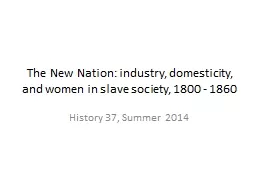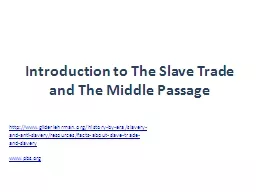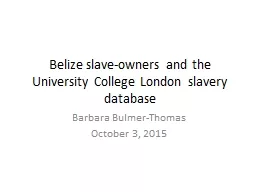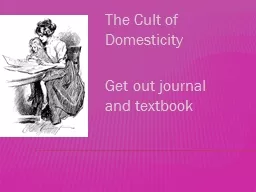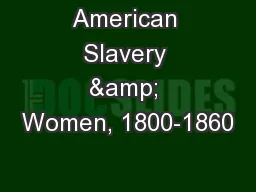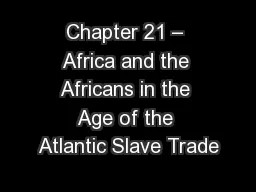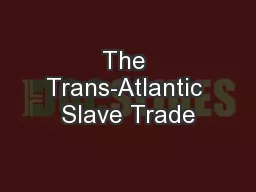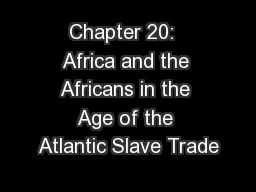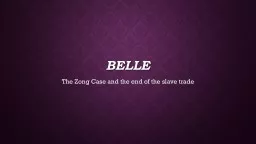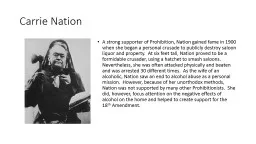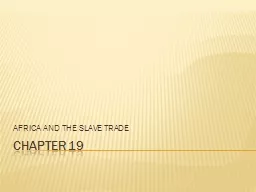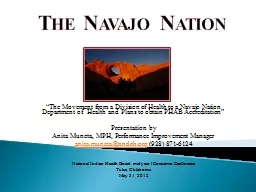PPT-The New Nation: industry, domesticity, and women in slave s
Author : lois-ondreau | Published Date : 2016-03-27
History 37 Summer 2014 Questions to consider How are female rights and citizenship addressed in the Constitution What was the cult of domesticity and how does this
Presentation Embed Code
Download Presentation
Download Presentation The PPT/PDF document "The New Nation: industry, domesticity, a..." is the property of its rightful owner. Permission is granted to download and print the materials on this website for personal, non-commercial use only, and to display it on your personal computer provided you do not modify the materials and that you retain all copyright notices contained in the materials. By downloading content from our website, you accept the terms of this agreement.
The New Nation: industry, domesticity, and women in slave s: Transcript
Download Rules Of Document
"The New Nation: industry, domesticity, and women in slave s"The content belongs to its owner. You may download and print it for personal use, without modification, and keep all copyright notices. By downloading, you agree to these terms.
Related Documents

